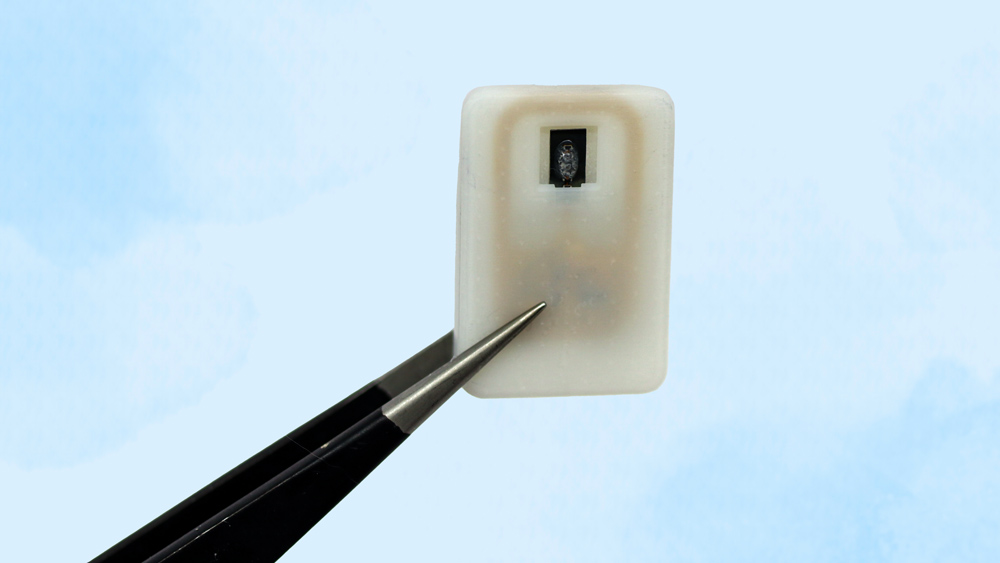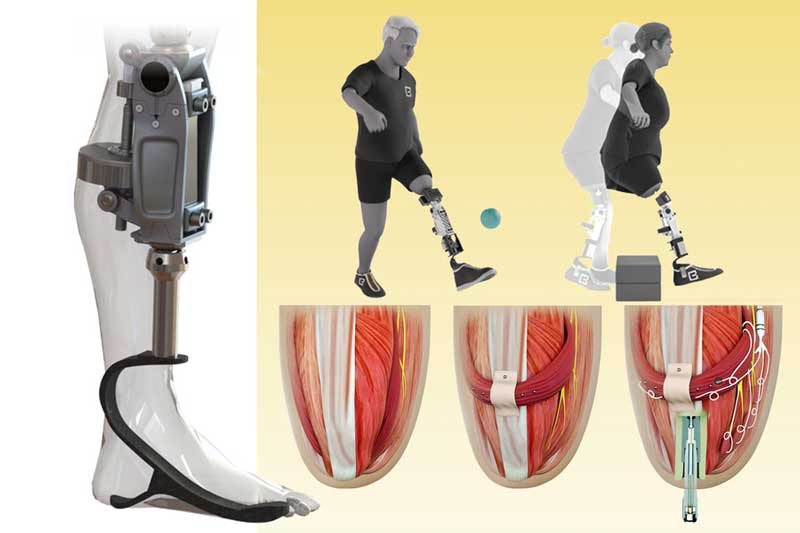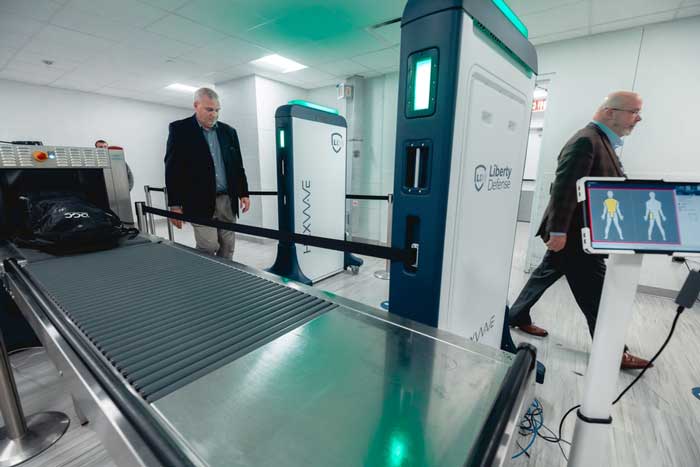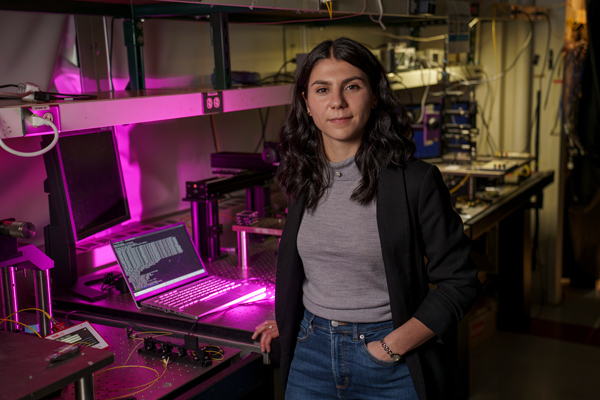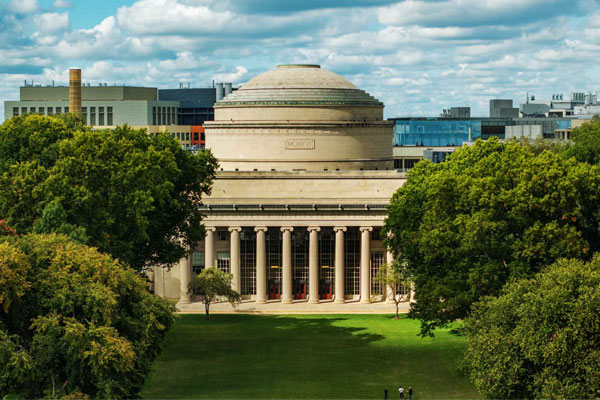Spotlight: Jul 14, 2025
Engineers have created a coin‑sized implant that Daniel Anderson says “is always ready to protect patients from low blood sugar.” It senses low glucose, heats a shape‑memory alloy, and releases glucagon - stabilizing blood sugar within 10 minutes.
